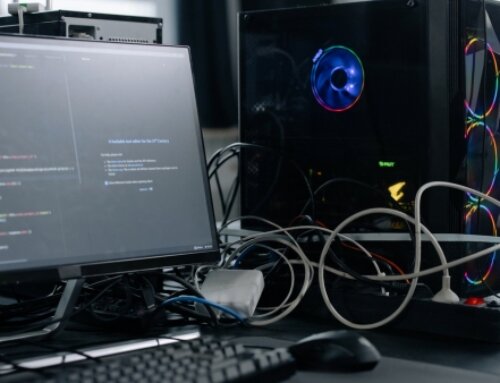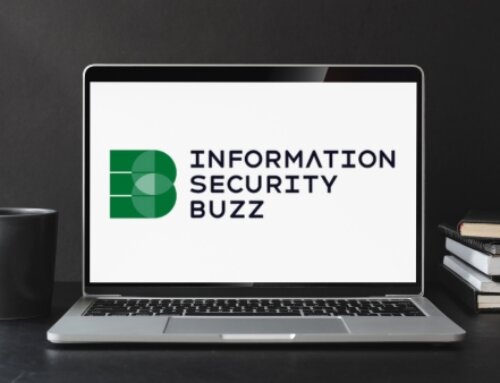The Wall Street Journal called a hybrid workforce “a hacker’s dream,” and for a good reason. The size, number, and variety of devices passing into and out of an office, coupled with an IT staff trying to keep up with a slew of devices, applications, and user knowledge, can put a business network at risk.
As businesses begin to transition away from a fully remote workforce, decision-makers are faced with creating a safe path for returning to the office. Forty-five percent of companies expect to employ a hybrid workforce in the second half of 2021, according to a study by CNBC. It is clear that things may never return to pre-COVID19 “normal,” and it is also clear that there isn’t a one-size-fits-all approach that will work for all companies.
How to Develop a Safe Plan for Your Workforce
Developing a comprehensive plan for a safe return to work for your employees, as well as allowances and planning for a hybrid workforce, is necessary to keep staff safe and productivity high.
Consider these factors when developing a return-to-work plan:
Have a Clear Understanding of Remote Work
Studies show a disconnect between what management expects of their workforce in regards to remote work, and what employees expect of their hybrid work schedule. For example, If a business is going to alternate in-person workdays for different teams, the schedule needs to be outlined and communicated. An absolutely clear understanding of expectations between staff and management will avoid confusion and disappointment on both sides.
Reimagining the Office Layout
Along with determining an in-office and hybrid schedule for employees, businesses must consider how their physical office will be used by a hybrid workforce. Are more or fewer meeting rooms necessary? Will meeting places need to be reserved? If meetings will include in-person and remote staff, what video conferencing tools are necessary?
Psychological Implications of a Hybrid Workforce
With employees at home, even if only part time, work tends to seep into their personal life and boundaries blur. In addition, managers have to deal with the same issues of productivity and workflow as they did before, as well as coordinating schedules for hybrid workforces. A safe return to work plan will understand these new challenges and make accommodations.
Protection for Mobile Devices
Working from home has led to large percentages of employees using their personal devices for work purposes, and mobile devices are a preferred technology. Protecting your network from mobile cyberattacks is critical. Mobile device management (MDM) and mobile application management (MAM) can protect business networks.
Additional Help for IT Staff
The transition to a remote workforce and then to a hybrid workforce has taxed IT staff across industries. From setting up VPNs, and securing hybrid infrastructure that allows remote work, to safeguarding personal devices against malignant applications and hackers, IT employees are stretched thin. Collaborating with an outside IT partner with specific expertise on the cybersecurity and technology necessary to protect your network will relieve your IT staff of part of the burden.
Verinext can help you safely deploy a hybrid workforce, including an upgraded data center. We work with our customers to design and deploy data centers, security, networking, and hybrid cloud offerings that can help you create a safe return to work and hybrid workforce plan.






